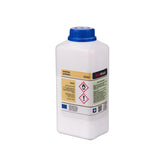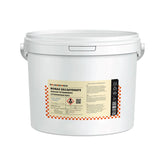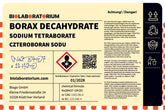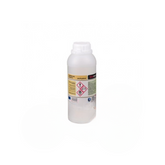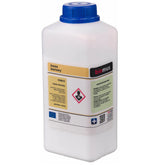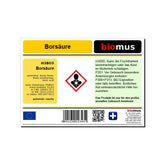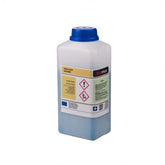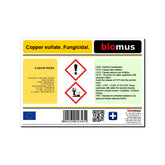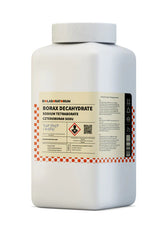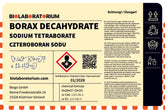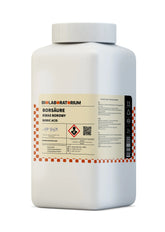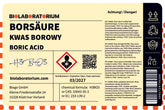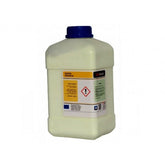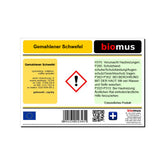Magnesium stearate: Versatile helper in industry and everyday life
Magnesium stearate is a widely used chemical additive found in numerous products in our daily lives. From cosmetics to food to technical applications – this salt of stearic acid fulfills a variety of important functions. In this blog post, we take a closer look at the properties, applications, and safety aspects of magnesium stearate.
What is magnesium stearate?
Magnesium stearate is a salt formed from the reaction of magnesium and stearic acid. Stearic acid is a saturated fatty acid found in many natural fats and oils. Through combination with magnesium, a white, odorless, and tasteless powder is created, which is used in various industrial applications.
The chemical formula of magnesium stearate is Mg(C₁₇H₃₅COO)₂. In addition to this main component, commercial products may also contain small amounts of other magnesium salts such as magnesium carbonate or magnesium oxide.
Properties of magnesium stearate
Magnesium stearate is characterized by a range of useful properties that enable its versatile use in industry:
Hydrophobicity
One of the main characteristics of magnesium stearate is its hydrophobic, i.e., water-repellent nature. This is due to the long hydrocarbon chain of stearic acid, which is nonpolar and therefore repels water. This behavior makes magnesium stearate a valuable release agent and lubricant in industrial processes.
Thermal stability
Magnesium stearate is thermally very stable and can withstand temperatures of up to 300°C without losing its properties. This makes it an ideal additive in products exposed to high temperatures, such as plastics or coatings.
Lubricating properties
Due to its lubricating effect, magnesium stearate is used as a lubricant in various areas. It reduces friction and wear, thereby improving the performance and lifespan of machines and equipment.
Emulsifying and stabilizing
Magnesium stearate can function as an emulsifier and stabilizer in formulations such as creams, lotions, or paints. It supports the homogeneous distribution of ingredients and prevents flocculation or separation.
Antioxidant
Studies have shown that magnesium stearate also possesses antioxidant properties. It can thus be used as a preservative in foods or cosmetics to extend their shelf life.
Industrial Applications of Magnesium Stearate
Due to its versatile properties, magnesium stearate is used in numerous industrial sectors:
Plastics Industry
In plastics manufacturing, magnesium stearate serves as a lubricant, release agent, and stabilizer. It facilitates the molding and processing of plastics and prevents the sticking of extrusion tools.
Food Industry
In foods, magnesium stearate is used as an anti-caking agent, anti-foaming agent, or emulsifier. It is found in baked goods, candies, beverages, and many other products.
Cosmetics Industry
Magnesium stearate is a common ingredient in cosmetics such as creams, lotions, lip care products, or deodorants. Here it serves functions as an emulsifier, thickener, or lubricant.
Pharmaceutical Industry
Magnesium stearate is also used in the pharmaceutical industry, for example as a lubricant in tablets or as a stabilizer in ointments and creams.
Further Applications
Additionally, magnesium stearate is used in paints and varnishes, adhesives, sealants, ceramics, lubricating greases, and many other technical products.
Safety and Regulation
Magnesium stearate is considered safe for use in foods, cosmetics, and other everyday products. It is approved in the EU as food additive E 470a and is subject to strict regulations regarding purity and quality.
Studies have shown that magnesium stearate, when used as intended, is neither toxic nor harmful to the environment. It is well tolerated by the body and is not carcinogenic. Only in very high doses could it lead to mild digestive discomfort.
Overall, magnesium stearate is a versatile and safe auxiliary substance that is indispensable in numerous industrial sectors and everyday products. Its unique properties help improve products, extend their shelf life, and optimize manufacturing processes.
